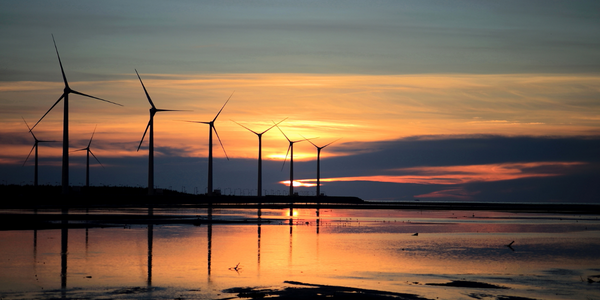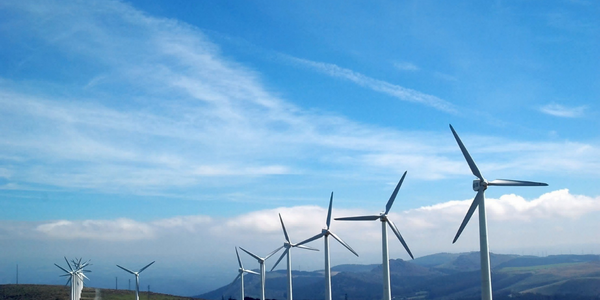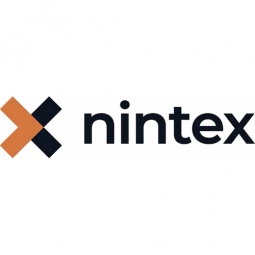适用行业
- 设备与机械
- 可再生能源
适用功能
- 质量保证
用例
- 人员跟踪与监控
- 视觉质量检测
服务
- 测试与认证
关于客户
Lumo Energy 是 Snowy Hydro Limited 的子公司,Snowy Hydro Limited 是澳大利亚最大、历史最悠久的可再生能源发电商之一。该公司在维多利亚州、新南威尔士州、南澳大利亚州和昆士兰州开展业务。由于快节奏的环境和高员工流动率,Lumo Energy 在记录其业务流程方面面临着挑战。该公司需要一个解决方案来帮助他们记录流程、促进协作并标准化整个组织的流程。
挑战
Lumo Energy 是 Snowy Hydro Limited 的子公司,在记录其业务流程方面面临着重大挑战。该公司的努力因快节奏的环境、高员工流动率和所有权问题而受到阻碍。结果浪费了大量资源,包括时间和金钱,物理文件夹中只记录了 50 个已完成的流程。执行领导层对流程文档缺乏信心,并寻求一种新的模型来捕获和改进其流程。该公司需要一个解决方案,不仅可以帮助他们记录流程,还可以促进整个组织的协作和标准化。
解决方案
Lumo Energy 求助于 Nintex Promapp(一种业务流程管理工具)来解决他们的挑战。该公司成立了执行流程改进论坛,以商定流程治理政策和方法,并推动 Lumo 的精益六西格码改进计划。选择该工具是因为它能够促进一致的流程交付、员工协作和一致流程的所有权。 Lumo 通过按职能而不是按业务部门对流程进行分组来实现该工具,鼓励员工思考“我们做什么”而不是“我所在的业务部门”。实施的第二个方面是通过让企业主确定计划的优先级并留出资源来捕获流程来推动企业所有权。实施非常成功,前 12 个月内发布了约 500 个流程。
运营影响
数量效益

Case Study missing?
Start adding your own!
Register with your work email and create a new case study profile for your business.
相关案例.

Case Study
Smart Water Filtration Systems
Before working with Ayla Networks, Ozner was already using cloud connectivity to identify and solve water-filtration system malfunctions as well as to monitor filter cartridges for replacements.But, in June 2015, Ozner executives talked with Ayla about how the company might further improve its water systems with IoT technology. They liked what they heard from Ayla, but the executives needed to be sure that Ayla’s Agile IoT Platform provided the security and reliability Ozner required.

Case Study
IoT enabled Fleet Management with MindSphere
In view of growing competition, Gämmerler had a strong need to remain competitive via process optimization, reliability and gentle handling of printed products, even at highest press speeds. In addition, a digitalization initiative also included developing a key differentiation via data-driven services offers.

Case Study
Remote Monitoring & Predictive Maintenance App for a Solar Energy System
The maintenance & tracking of various modules was an overhead for the customer due to the huge labor costs involved. Being an advanced solar solutions provider, they wanted to ensure early detection of issues and provide the best-in-class customer experience. Hence they wanted to automate the whole process.

Case Study
Vestas: Turning Climate into Capital with Big Data
Making wind a reliable source of energy depends greatly on the placement of the wind turbines used to produce electricity. Turbulence is a significant factor as it strains turbine components, making them more likely to fail. Vestas wanted to pinpoint the optimal location for wind turbines to maximize power generation and reduce energy costs.

Case Study
Predictive Maintenance for Industrial Chillers
For global leaders in the industrial chiller manufacturing, reliability of the entire production process is of the utmost importance. Chillers are refrigeration systems that produce ice water to provide cooling for a process or industrial application. One of those leaders sought a way to respond to asset performance issues, even before they occur. The intelligence to guarantee maximum reliability of cooling devices is embedded (pre-alarming). A pre-alarming phase means that the cooling device still works, but symptoms may appear, telling manufacturers that a failure is likely to occur in the near future. Chillers who are not internet connected at that moment, provide little insight in this pre-alarming phase.

Case Study
Siemens Wind Power
Wind provides clean, renewable energy. The core concept is simple: wind turbines spin blades to generate power. However, today's systems are anything but simple. Modern wind turbines have blades that sweep a 120 meter circle, cost more than 1 million dollars and generate multiple megawatts of power. Each turbine may include up to 1,000 sensors and actuators – integrating strain gages, bearing monitors and power conditioning technology. The turbine can control blade speed and power generation by altering the blade pitch and power extraction. Controlling the turbine is a sophisticated job requiring many cooperating processors closing high-speed loops and implementing intelligent monitoring and optimization algorithms. But the real challenge is integrating these turbines so that they work together. A wind farm may include hundreds of turbines. They are often installed in difficult-to-access locations at sea. The farm must implement a fundamentally and truly distributed control system. Like all power systems, the goal of the farm is to match generation to load. A farm with hundreds of turbines must optimize that load by balancing the loading and generation across a wide geography. Wind, of course, is dynamic. Almost every picture of a wind farm shows a calm sea and a setting sun. But things get challenging when a storm goes through the wind farm. In a storm, the control system must decide how to take energy out of gusts to generate constant power. It must intelligently balance load across many turbines. And a critical consideration is the loading and potential damage to a half-billion-dollar installed asset. This is no environment for a slow or undependable control system. Reliability and performance are crucial.







